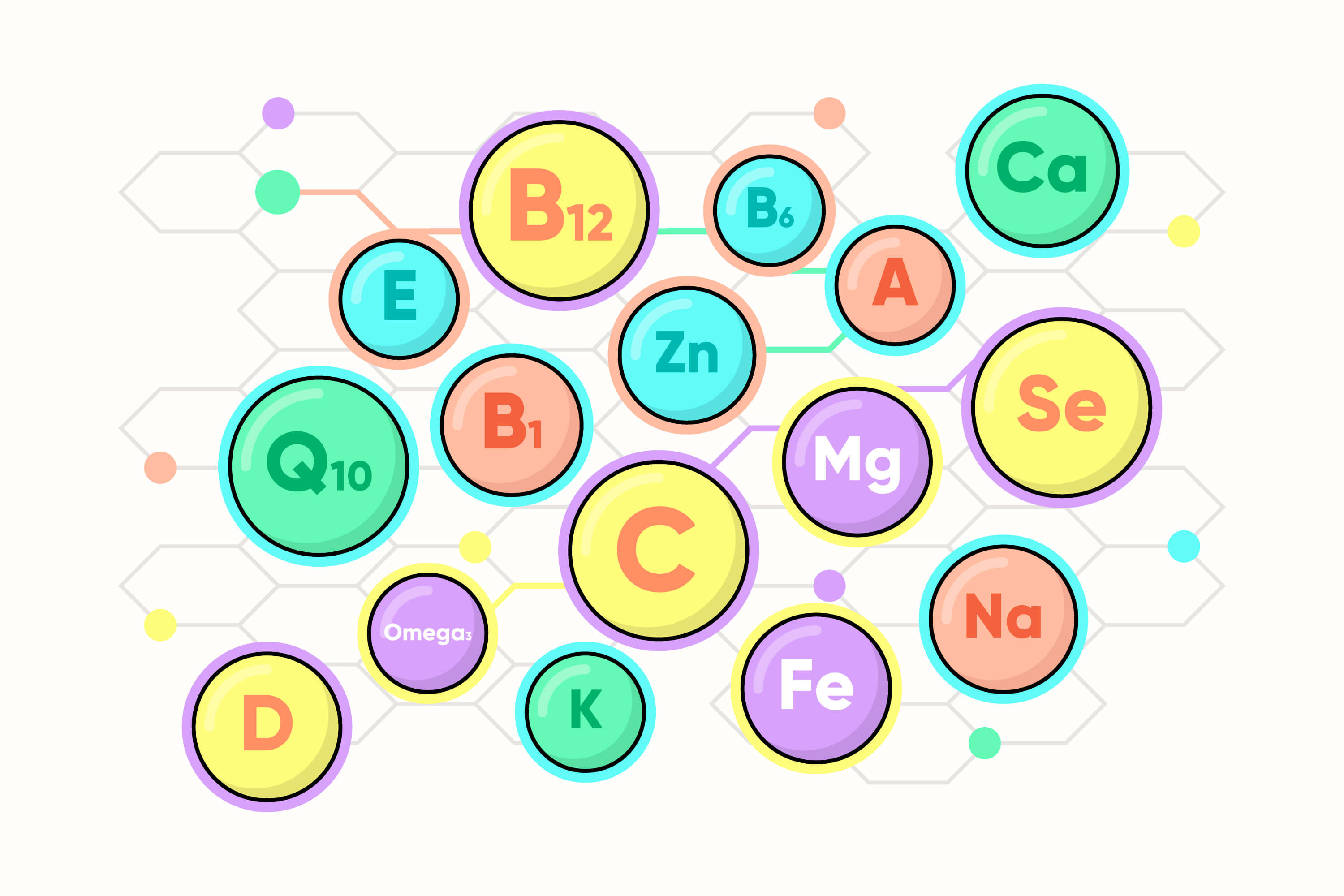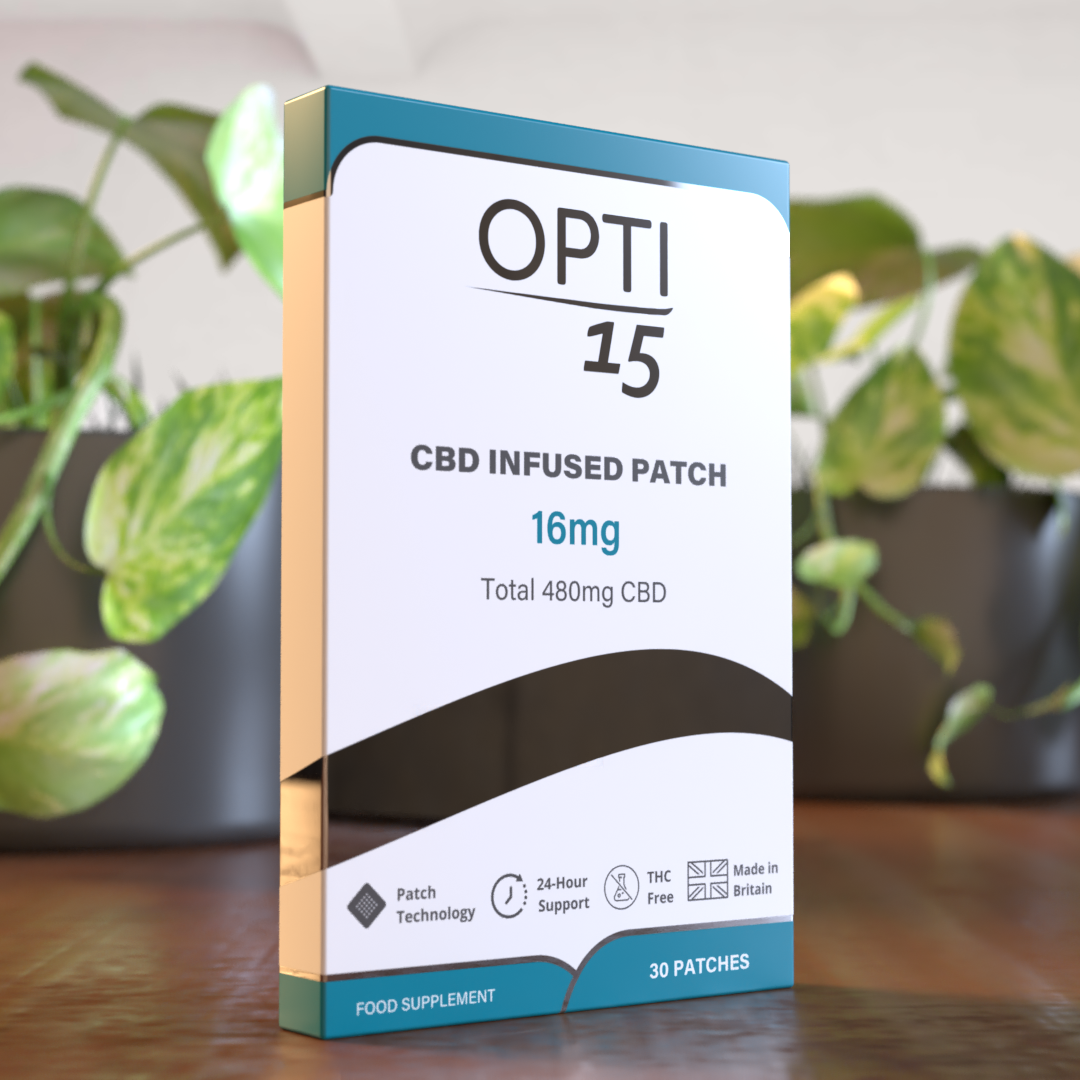How Vitamins Are Absorbed Through Your Skin: The Science of Patches

Transdermal vitamin treatment is a relatively new development in the way we take vitamins and is a rapidly evolving area of medicine. Vitamins have traditionally been consumed orally in the form of pills or liquids. However, the introduction of transdermal vitamin patches has brought in a new era of nutrient delivery. These patches are directly placed on the skin and are intended to gradually deliver vitamins into the bloodstream, bypassing the digestive system. This approach provides a more effective means of absorbing vital nutrients.
The idea is not completely new; similar techniques have been employed in the past to give pharmaceuticals such as painkillers or nicotine patches. Nonetheless, the application of this technology to vitamins creates fascinating new opportunities for wellness and nutritional research.
What is a vitamin patch?
A vitamin patch is a transdermal patch, sometimes known as an adhesive sticker, that can be applied to the skin to help close nutritional gaps or correct vitamin deficiencies.
Since the late 1970s, skin patches have been used in medicine. Adhesive patches are simple to apply and deliver drugs straight to the bloodstream through the skin. Transdermal patches, for instance, are frequently used to cure motion sickness. Nicotine and birth control patches are also widely used.
How do vitamin patches work?
Vitamin patches function similarly to dietary supplements, except they supply nutrients through the largest organ in the body, the skin. The nutrients do not travel through the digestive system and instead enter the circulation. Like a multivitamin, vitamin patches may comprise a single vitamin or other substances for complete nutritional support.
One benefit of using a patch is that it helps patients avoid unpleasant side effects like nausea that can occasionally be linked to taking vitamins as pills. Additionally, rather than administering the vitamins in a single dose, the patch delivers them constantly.
The patch is also beneficial for the 40% of adults who have difficulty swallowing medicines. The patch allows them to just peel and adhere.
The patch is a more efficient way to get your vitamins because a number of things can influence how our bodies absorb the nutrients we need from food.
Can vitamins be absorbed through the skin?
The largest organ in our body, the skin, is essential for transdermal vitamin absorption. It has three primary layers:
- The epidermis (outer layer)
- Dermis (middle layer)
- Hypodermis (innermost layer)
The dermis contains blood vessels and nerves, whereas the epidermis serves as the primary barrier against the outside world. Connective tissues and fat are found in the hypodermis. Vitamins must pass through the epidermis and into the dermis, where they can enter the bloodstream, for transdermal patches to be effective. Developing effective transdermal administration devices, such as the transdermal multivitamin patch, requires an understanding of this complex structure.
The physical barrier of the skin must be overcome to distribute vitamins via the skin. According to studies, pre-treating the skin with microneedles can improve absorption. Additionally, studies have demonstrated that ethanol pre-treatment of the skin and the use of chemical penetration enhancers like dodecyl amine improve nutritional absorption, including vitamin D.
Benefits of using a vitamin patch:
The following are some possible advantages of vitamin patches:
- To absorb nutrients, people who have trouble swallowing pills can just peel and apply a patch to their skin.
- Vitamin patches may be more effective than oral vitamins for people with digestive disorders that hinder the absorption of nutrients.
- Unpleasant side effects like nausea, diarrhoea, constipation, and upset stomach are less common with transdermal patches.
- Using vitamin patches at home is simple and non-invasive. They don't involve needle pricks or trips to the doctor's office like vitamin shots do.
- They provide nutrients throughout the day in a consistent manner.
- They are easy to use and can be applied even outside.
Prior to using vitamin patches, see your healthcare provider. They can assist you in locating patches that satisfy your dietary requirements. Remember that there is doubt about the efficacy of vitamin patches. The best method to maximize your health is still to eat a healthy, balanced diet and, if necessary, take oral vitamin and mineral supplements.

Challenges in transdermal delivery:
One of the biggest challenges in making use of multivitamin patches is ensuring consistent dosing. Transdermal patches must depend on the skin's capacity to absorb the vitamins at a steady rate, in contrast to oral supplements, where the dosage is carefully regulated and constant. Variations in skin permeability and patch adhesion to the skin must be taken into consideration by manufacturers because these factors can impact vitamin release and absorption. The efficacy of vitamin patches is impacted by limits in current transdermal technology, despite advances. These consist of:
A few types of vitamins can be absorbed through the skin:
Not every vitamin can get through the skin layers efficiently. The molecular architecture of fat-soluble vitamins, such as A, D, E, and K, may allow them to penetrate the skin more easily than water-soluble vitamins. Manufacturers must carefully choose which nutrients are appropriate for this delivery method and make sure they can pass through the skin and into the bloodstream without deteriorating.
Difficulties in Preserving Vitamin Stability in Patches:
It is essential to maintain vitamin stability in a patch setting. When exposed to air, moisture, or heat, vitamins can deteriorate over time, decreasing the patch's effectiveness before it even reaches the user. To shield these nutrients from external influences and guarantee that they stay strong and efficient throughout the patch's shelf life and use, sophisticated packaging and formulation techniques are needed.
Challenges in steady vitamin release:
For vitamin patches to be effective, a steady release rate must be achieved. Once the patch is applied to the skin, changes in the backing material, adhesive, and patch formulation can all affect how the vitamins are released. As different skin types may absorb substances at varying rates, manufacturers must adjust the patch's matrix to provide a consistent diffusion of vitamins across all skin types.
Limitations on the amount of vitamins in a single patch:
Practically speaking, the amount of vitamins that can be added to a patch without sacrificing its comfort, thickness, or size is limited. The dosage that a patch can administer during its active period is impacted by this restriction. To make sure the patch is both efficient and comfortable, manufacturers must strike a balance between the nutrient density and the patch's comfort and physical limitations.
Key areas where transdermal vitamin therapy is effective:
Here are some key areas where transdermal vitamin delivery can be effective:
-
Chronic Conditions: People who suffer from long-term gastrointestinal disorders, such as Crohn's disease, irritable bowel syndrome, or the aftereffects of gastric bypass surgery, frequently have trouble absorbing nutrients. For these patients, transdermal vitamin patches offer a significant benefit by supplying a consistent, regulated flow of nutrients straight into the bloodstream.
-
Geriatric Care: As people age, they may have trouble taking standard medications because of issues including decreased salivary flow, swallowing difficulties, or compromised digestive processes. Transdermal patches stand out as a better option because they offer a straightforward, painless substitute for pills.
-
Paediatric Use: Young children may have trouble swallowing tablets or capsules and are often resistant to taking them. Vitamin patches provide a painless, non-invasive substitute that can be especially alluring to kids and their parents.
- Lifestyle Enhancement: Transdermal patches may offer focused, personalized nutrient assistance for persons who participate in high-intensity physical activities or who have certain dietary requirements (such as vegans or those with food allergies).
Conclusion:
For people who cannot take oral supplements or have problems with absorption, transdermal vitamin patches provide a novel and practical alternative to supplement with nutrients. However, the vitamin type, formulation, and unique skin properties all affect how effective these patches are.
References:
- https://www.patchmd.com/how-are-vitamins-absorbed-through-your-skin-the-science-behind-patches_b_73.html
- https://pmc.ncbi.nlm.nih.gov/articles/PMC4403087/
- https://pmc.ncbi.nlm.nih.gov/articles/PMC11499218/
- https://my.clevelandclinic.org/health/body/10978-skin


